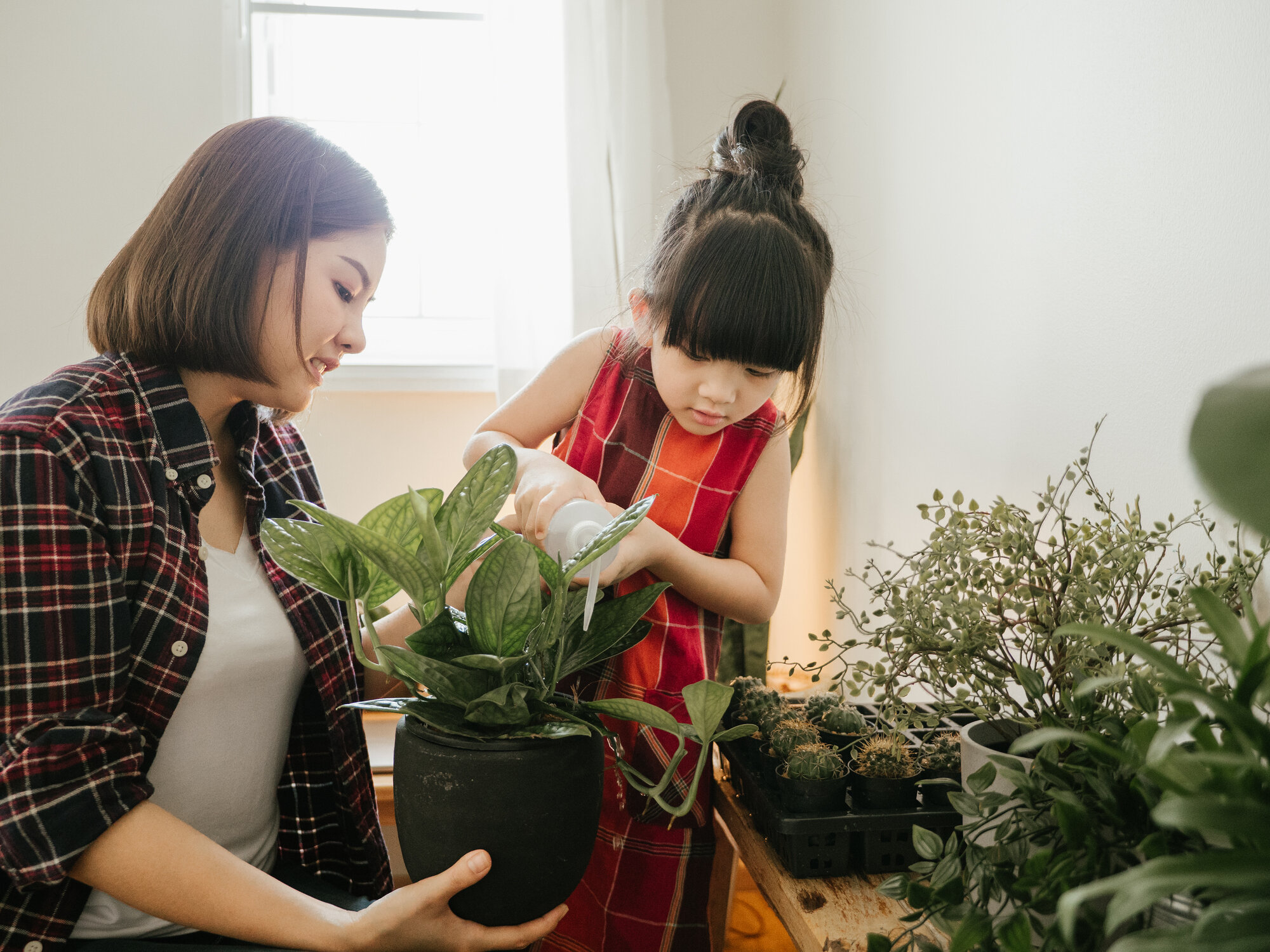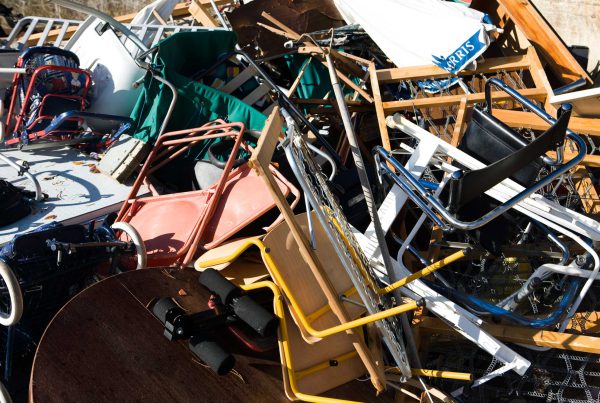If work, children, and pandemic life have you spending a lot of time at home, you can brighten your environment—and your mood—by adopting some houseplants. As any plant parent can attest, filling your empty spaces with greenery can make you feel more in touch with nature, and watching your botanical babies flourish can fill you with a sense of accomplishment.
Of course, many aspiring green thumbs know the disappointment of watching their plants whither despite their best efforts. If that’s you, here are a few tips to help your houseplants thrive!
Every Plant is Unique
While there are general tips that apply to most houseplants, the reality is that different plants have different needs. Before you choose plants for inside your home, decide where you want them to go. Then do some research to find plants that are well-suited to the amount of light and moisture in their respective rooms. Some plants require indirect sunlight while other need as much sunlight as possible. A few can thrive without sunlight at all… so that dark room in the basement isn’t off limits if you want to grow a plant there.
Keep Them Nourished
This may seem like the most obvious tip, but plants need water! You can keep most houseplants healthy by watering them once per week and spritzing their leaves halfway between waterings. Once or twice a month, add some liquid fertilizer to their water as well.
A common mistake that plant parents make is over-watering. Overly-damp soil can kill your plants just as easily as dry soil. It is absolutely essential that your pots have draining holes in the bottom to avoid “wet feet.” Additionally, plants need more water in the summer and spring than they do in the fall and winter. So, as the weather grows colder, decrease the frequency of your watering. If you’re feeling extra prudent, check the moisture of the soil with your finger. Unless it is dry, your plants probably don’t need to be watered.
Give Them Room to Grow
As your plants grow, you will need to replant them in larger containers but you shouldn’t have to increase their living spaces more than about once a year. Replanting is a great opportunity to provide them with fresh, nutrient-rich soil and inspect their leaves. If parts of the plant have withered past the point of saving, cut them off so no energy is wasted trying to mend them. Also, be sure to clear dead leaves from the top of the soil to avoid attracting unwanted pests.
By placing your plants in the right environment, giving them the necessary nutrients, and providing them room to grow, your home can be your favorite greenhouse in no time.





